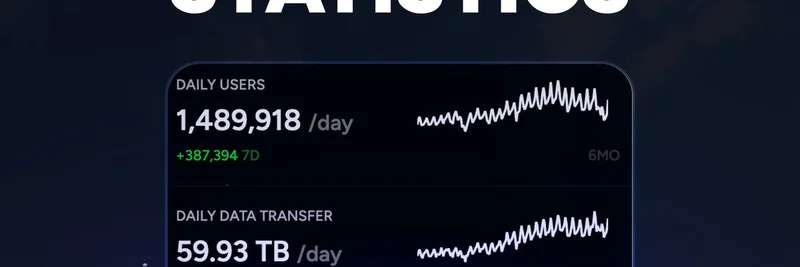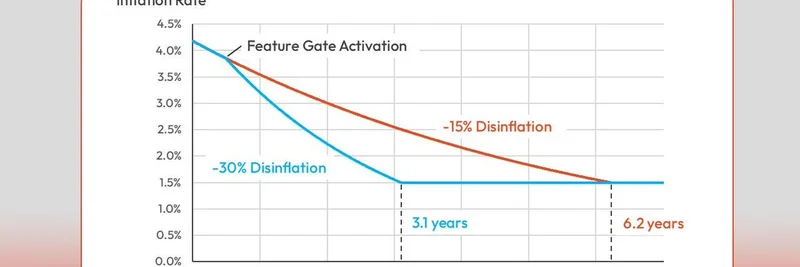In the fast-paced world of blockchain, where meme tokens thrive on speed and reliability, a recent Cardano incident has sparked interesting discussions. Solana co-founder Anatoly Yakovenko, known as Toly, took to X (formerly Twitter) to commend Cardano's handling of a network bug, calling it "pretty cool." His tweet quotes a detailed thread by Ales (@berry_ales), a Cardano community member, explaining the event.
The story starts with a malformed transaction—a transaction that doesn't follow the rules—hitting the Cardano network. Due to a bug in some node versions, the network split into two chains: a minority chain run by bug-free nodes that rejected the bad transaction, and a majority chain run by buggy nodes that accepted it. In simple terms, nodes are the computers that keep the blockchain running, and a chain split (or fork) happens when they disagree on what's valid.
Ales breaks it down in his thread: About 30-40% of nodes were bug-free (let's call them Node A), and 60-70% had the bug (Node B). The buggy majority chain progressed faster because it had more stake—think of stake as voting power in proof-of-stake systems like Cardano. But the minority chain lagged behind.
What makes this fascinating is Cardano's recovery. Stake pool operators (SPOs), who run these nodes, upgraded to the fixed version. As more stake shifted to the bug-free chain, it gained momentum. Once it hit around 51% stake, it overtook the buggy chain, becoming the longest one. In Nakamoto consensus—the style Bitcoin pioneered, but adapted here without energy-intensive proof-of-work—the longest chain wins. The network self-healed, dropping the bad transaction while keeping most of the recent history intact.
Toly's take? "Nakamoto style consensus without proof of work is extremely hard to build. The protocol functioned as designed in the presence of bugs." Coming from the mind behind Solana, which uses a different consensus called proof-of-history combined with proof-of-stake, this nod highlights the challenges in building resilient blockchains.
Ales contrasts this with BFT-style consensus (Byzantine Fault Tolerance), used in chains like Solana. In BFT, you need at least 67% agreement to move forward. If a similar bug hit, it could either halt the chain (best case, but requires coordination to restart) or finalize the bad transaction permanently (worst case, leading to a hard fork and lost progress). Cardano's approach allowed gradual recovery without total shutdown.
For meme token enthusiasts and blockchain practitioners, this event underscores why consensus mechanisms matter. Meme tokens on Cardano or Solana rely on network stability to handle viral pumps, airdrops, and community-driven hype. A bug that causes downtime or lost transactions could tank a token's value overnight. Cardano's ability to recover seamlessly shows how design choices can make chains more forgiving of human errors—after all, no code is perfect.
This cross-chain respect between Solana and Cardano leaders is a reminder that the crypto space is collaborative at its core. As meme ecosystems grow, understanding these technical underpinnings helps traders and builders spot reliable platforms. For more on how blockchain tech impacts meme tokens, check out our knowledge base at Meme Insider.
If you're diving into Cardano or Solana-based memes, events like this reinforce the importance of decentralization and fault tolerance. What do you think—does this make Cardano more appealing for meme launches? Share your thoughts in the comments!



